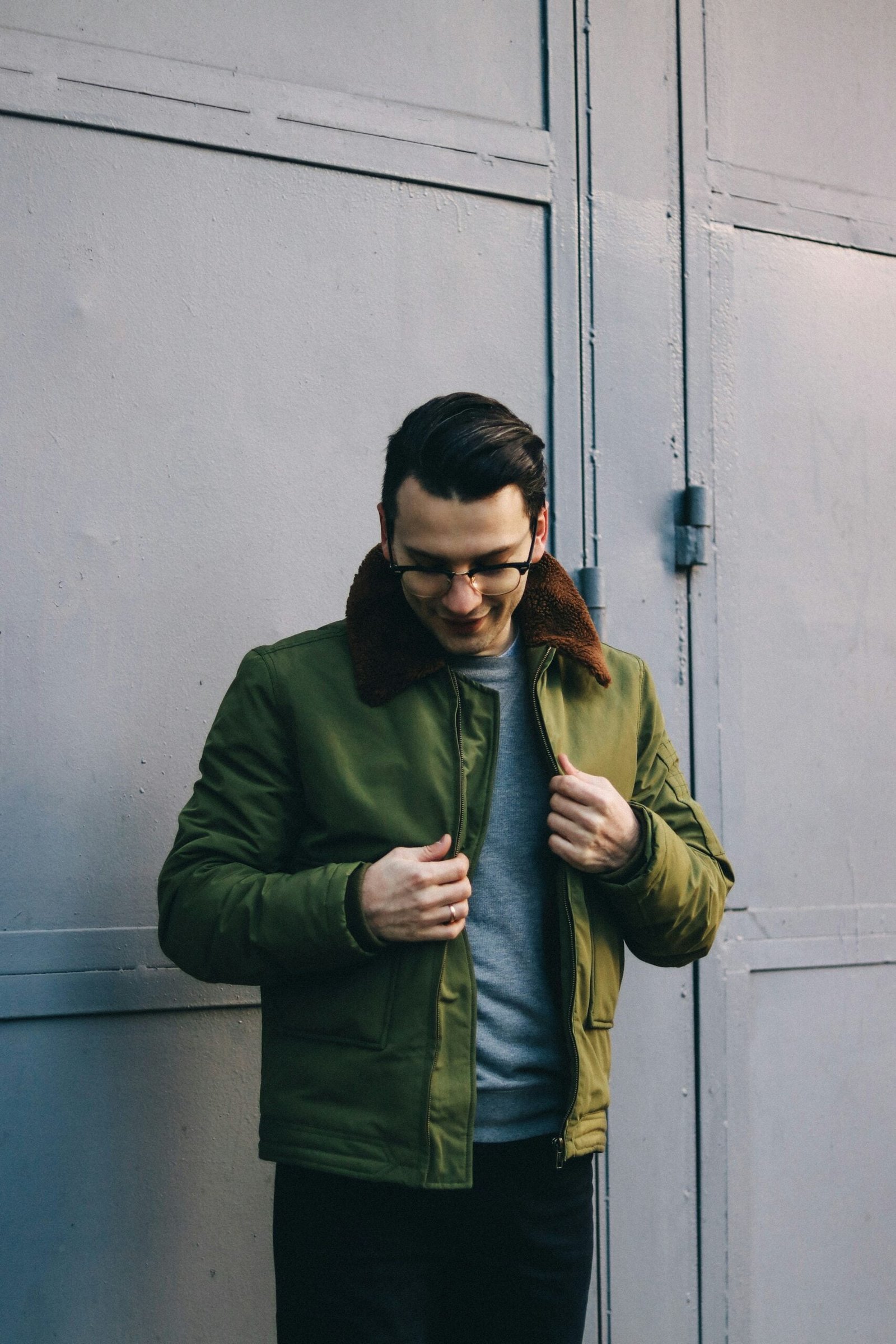A Step-by-Step Guide to Dyeing a Black Jacket
Introduction to Dyeing a Black Jacket
Dyeing a black jacket encompasses a blend of creativity, practicality, and personal expression. Many individuals opt to dye their jackets to refresh old clothing, particularly when a beloved item has faded over time. By dyeing, one can breathe new life into a garment, extending its wearable life cycle and reducing waste. Moreover, dyeing allows for the personalization of attire, showcasing one’s unique style and preferences. It can also serve a practical purpose, such as covering up stains that are otherwise challenging to remove.
Engaging in the process of customizing your jacket offers several noteworthy benefits. Doing it yourself not only saves money compared to purchasing new or professionally-customized apparel, but it also provides the satisfaction of achieving a personalized result through one’s effort and ingenuity. This hands-on approach often leads to a stronger connection to the piece of clothing, enhancing the overall sense of accomplishment and ownership.

The choice of dye is an essential consideration before embarking on this creative endeavor. Dyes can be broadly categorized into natural and synthetic types. Natural dyes, derived from plants, roots, and other organic materials, offer an eco-friendly option and can produce unique, earthy hues. Conversely, synthetic dyes, made from chemical compounds, are available in a wider range of colors and tend to yield more consistent and vibrant results. Each type of dye has its own set of advantages and potential drawbacks, and the choice depends on the desired outcome and personal values regarding sustainability and environmental impact.
Before starting the dyeing process, it is crucial to evaluate the fabric content of the jacket, as different fabrics react differently to various dyes. Understanding these variables can ensure a more predictable and satisfactory result, making the experience of transforming a black jacket both enjoyable and rewarding.
Materials and Preparation
Before embarking on the journey of dyeing a black jacket, it is essential to gather all necessary materials. This ensures a smooth and efficient dyeing process, minimizing the risk of errors or mishaps. Here is a comprehensive checklist of items you will need:
- A black jacket – Ensure it is clean, free of spots, and compatible with the type of dye you plan to use.
- Dye – Select a high-quality fabric dye suitable for the jacket’s material. Options include liquid or powder dye, and it is crucial to follow the manufacturer’s instructions.
- Gloves – To protect your hands from staining and any potential chemical reactions.
- A large container – This could be a bucket or a basin, large enough to submerge and move the jacket freely for even dyeing.
- Stir sticks – Useful for mixing the dye solution thoroughly and evenly.
- Protective coverings – Plastic sheets or old newspapers to protect your work surface from stains and spills.

Each of these items plays a critical role in the dyeing process. The black jacket serves as the canvas. The dye transforms the jacket’s color, while gloves protect your skin. The large container and stir sticks help mix and apply the dye evenly. Protective coverings preserve your workspace, making cleanup easier.
Preparing the jacket is a vital preliminary step. Firstly, wash the jacket to remove any dirt, oils, or manufacturing residues that could hinder the dye’s adherence. This ensures the fabric is receptive to the dye. Consider the type of fabric, as certain materials absorb dye differently. For instance, natural fibers like cotton and wool typically take dye better than synthetics. Additionally, it’s prudent to test the dye on a small, inconspicuous area of the jacket. This test patch helps you confirm the color outcome and checks for any adverse reactions.
Taking these preparatory steps ensures the dyeing process proceeds smoothly and effectively, leading to a successful transformation of your black jacket.
The Dyeing Process: Step-by-Step Instructions
To effectively dye a black jacket, it’s essential to follow a systematic approach to ensure even coloration and desired results. Begin by setting up an appropriate workspace. Choose a well-ventilated area, preferably out of direct sunlight, and gather all necessary materials, including the dye, gloves, a large dye-safe container, and stirring utensils. Safety is paramount, so remember to wear gloves to protect your hands from stains and harsh chemicals.
Start by preparing the dye bath according to the instructions provided with your chosen dye. Fill your container with hot water, ensuring the temperature is appropriate for the dye you are using. Some dyes require water heated to a specific degree to achieve optimal results. Carefully measure and mix the dye into the container, following the package guidelines for the correct dye-to-water ratio. Stir thoroughly to ensure the dye is fully dissolved and evenly distributed.
Before immersing the jacket, it should be pre-wetted in clean water to promote uniform absorption of the dye. Submerge the jacket into the dye bath slowly, using a stirring stick or tongs to lower it into the solution. Ensure that the jacket is fully immersed and begin stirring gently but continuously. This movement helps to prevent streaking and ensures the dye penetrates the fabric evenly.
As the jacket soaks, periodically check the coloration. For even color saturation, stir the jacket in the dye bath every few minutes. This process may take anywhere from 30 minutes to an hour, depending on the desired color intensity. If the color appears too light, you can add more dye to strengthen the bath. Conversely, if it’s too dark, you can dilute the bath with additional water.
After reaching the desired shade, carefully remove the jacket from the dye bath. Rinse it in cold water until the water runs clear, which helps to remove excess dye and ensure long-lasting color retention. Finally, wash the jacket separately in a mild detergent and allow it to air dry. This method will help to set the dye and preserve the vibrance of your newly colored jacket.







